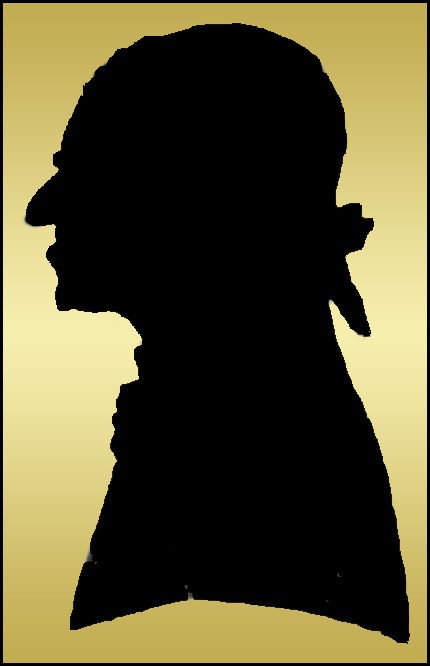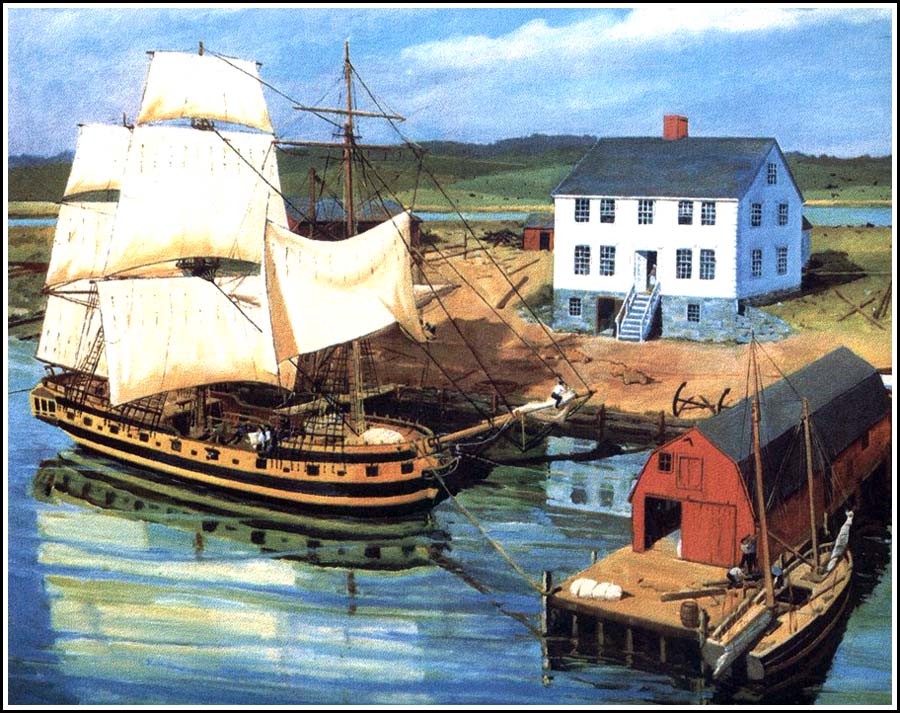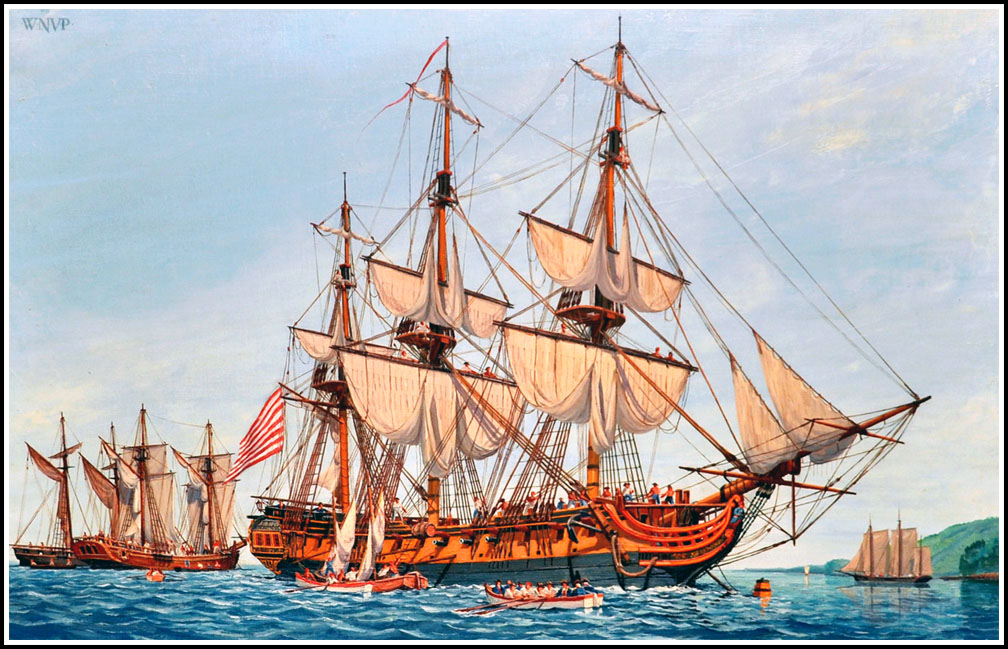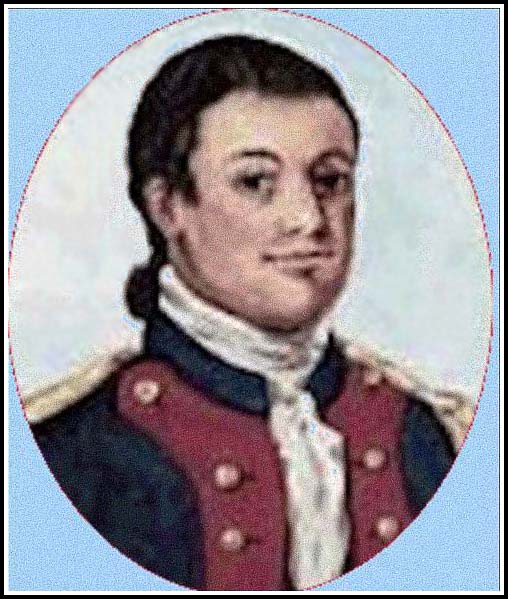Many seagoing vessels have found port in Norwich for hundreds of years. Merchant ships sailed to and from the West Indies carrying cattle, mules, molasses and other goods. Ships that were outfitted and built in Norwich could be seen in Chelsea Harbor during both the Revolutionary and Civil Wars. Railroad companies teamed up with steamboat passenger boats to ferry New Englanders to Boston and New York. And of course, there have been many beautiful, privately owned, pleasure-craft docked in Norwich.
The purpose of this Iconic Norwich category is to provide an overview of a few of the more memorable sea faring vessels that have graced the waters of Norwich prior to 1959.
Choose an Ocean Vessel Group
Revolutionary War Ships Overview
During the course of the Revolutionary War the Connecticut Navy owned/operated eighteen armed seagoing vessels. In addition, there were nearly three hundred commissioned, privateer vessels. Many of these were outfitted, built, owned, or commanded by Norwich citizens.
Norwich played a significant role in the development and implementation of the American colonies’ navy. The first ship of Connecticut’s Navy, the Spy, was outfitted in Norwich by Joseph Howland and Thomas Coit. Throughout the war Howland & Coit supported the American colonists by operating a very successful privateering firm in Norwich.
Not only did Norwich supply ships, she also supplied many mariners to man the ships. Especially notable were Captain Robert Niles, Captain Seth Harding and Captain Timothy Parker.
The Connecticut Navy ships captured or destroyed many British ships throughout the course of the war. However, all of the Connecticut Navy ships were captured or destroyed by the British by 1779.
The placemarks provided below contain descriptions of many of the vessels and mariners from Norwich that were involved in the Revolutionary War.
Armed Vessels the Connecticut Navy
Spy, schooner
Minerva, brigantine
Oliver Cromwell, ship
Defence, ship
Guilford, sloop
Schuyler, sloop
Mifflin, schooner
Old Defence, brigantine
America, brig
Whiting, galley
Crane, galley
Shark, galley
New Defence, galley
Royal Savage, schooner
Trumbull, galley
Gates, galley
New Haven, gondola
American Turtle, submarine
(Vessels names above, displayed in bold font, at some point-in-time, were either built or commanded by people from Norwich).
The Spy
During the early months of the American Revolution Benjamin Huntington was a member of Connecticut House of Representatives Committee of Safety. While on this committee, he played an integral role in procuring and refitting a navy vessel that was to be used as an intelligence gathering asset. Huntington later became a mayor of Norwich.
Huntington and John Deshon of New London were appointed agents of the colony to charter a fast-sailing vessel to go from place to place, carry intelligence, convey stores, and watch the enemy. After they purchased the schooner Britannica at Stonington for £200 (approximately $46,000 in today’s dollars), they sailed her into Norwich Harbor. In August 1775 the process of refitting her to suit their purposes was completed. The modifications included 12 blunderbusses (short guns with broad muzzles), adding an ample supply of gunpowder, four cannon, new sailcloth, and other upgrades.
Soon after the makeover was finished the schooner was christened the “Spy”. It became the first vessel of the Connecticut Navy and was sent into action on October 7, 1775. The Spy, commanded by Captain Robert Niles, had a long successful tenure.
In 1976, The Spy was featured on the British Virgin Islands stamp, shown on the left, commemorating the United States Bicentennial.
Her commander, Robert Niles, made the first capture of an enemy vessel of the Revolutionary War in July 1775. Even before the Spy had been purchased or placed into service, Niles seized the Tory brig Nancy, commanded by Captain Thomas Davis. Niles lied to officials in Stonington harbor and sailed her to Norwich for provisions. He then prevented her return to the enemy. The brig and cargo of molasses were sold, and later the vessel was put into Continental service.
In July, 1776 the Spy was ordered by the Committee of Safety :
“to seize and bring into port any provision vessel or vessels which she may be able to discover and take, in or about the harbor of New London, offing, or Sound, bound to sea, and the same hold or detain, and make report of the circumstances, cargo and destination of such vessel or vessels, the master’s name, place and abode, owners’ names, the license by which they have sailed, etc., to His Honor the Governor, and take his directions relative to the proceeding or further detention of such vessels, – excepting vessels furnished with papers or authority from the Continental Congress.”
In June of 1777, Captain Niles’ schooner was appointed by the Continental Congress, along with five other ships, to deliver an official copy of the ratified Treaty of Commerce and alliance directly to Benjamin Franklin in France. In order to accomplish that seemingly daunting task, Niles had to skillfully evade the British vessels guarding our coast.
“Captain Robert Niles and the Connecticut State Navy”, by Sheldon S. Cohen
“Historically Speaking: Navy Captain from Norwich Set Sailing Record During Revolution”, by Richard Curland

Vessels Commanded by Seth Harding
During the Revolutionary War
Seth Harding was a mariner born at Eastham, Cape Cod on April 17, 1734. Prior to 1766 he settled in Norwich and lived on Franklin Street with his wife Abigail Doane Harding.
He became the first Captain of the Connecticut Navy brigantine Defence in February of 1776. During 1776 the Defence and her crew were quite successful. They captured the British vessels Life-Guard, Lord Howe, George, Annabelle, John and Sally.
However, by early 1777, Harding became quite ill and resigned his commission. His request for Samuel Smedley, of Fairfield, to assume command of the Defence was granted.
On June 13, 1776, the Connecticut Navy ship Oliver Cromwell, built by Uriah Hayden, was launched in Essex, Connecticut. The ship was one of the largest full-rigged ships built for the state after the establishment of Connecticut’s navy.

Upon recovery from his severe illness, on April 14, 1777, Seth Harding succeeded Captain Coit of the Connecticut ship Oliver Cromwell. While in command, Captain Harding and his crew captured the brig Honour, the ship Weymouth, and the ship Restoration. However, soon after these successful endeavors, he once again became ill, and, at his own request was relieved of duty. He was succeeded by Captain Timothy Parker, another Norwich mariner.
The Oliver Cromwell, in its service to the Navy, captured nine British ships before it was itself captured in July 1779 off Sandy Hook by three British ships and a brig after a two-hour battle.

Later Captain Harding was recommended for another commission in the Continental Navy. In early in 1779 he was ordered to the command of the frigate Confederacy, then in process of construction. The Confederacy was a Continental ship with 40 guns, and was built at Norwich, under the direction of the Governor and Council of Safety of Connecticut, by Jedediah Willett, under the superintendence of Major Joshua Huntington, who, as agent of the State for the Continental Congress.
She was launched in Norwich on November 8 , 1778, and was towed to New London to be rigged, fitted out, and recruited.
Captain Seth Harding was her first and only commander. The Confederacy was ordered to France, carrying as passengers John Jay, the American Minister, and Count Gerard, a French envoy . She had not been long out, however, when she encountered a severe gale, in which she was dismasted and forced to put into the nearest friendly port, on the modern-day island of Martinique. After returning home and being refitted the Confederacy, Captain Harding and crew were captured by two British frigates. The British renamed the vessel to the Confederate and sent nearly 100 prisoners, including Captain Harding to a prison in England. Harding spent three years in the British prison before being exchanged for another American held prisoner.
After returning home, he became the Captain of the Connecticut privateer brigantine Diana, on October 29, 1781. The Diana had 6 guns, a crew of 15 and was partially bonded by Harding. The Diana, and Captain Harding remained in service until the close of the hostilities.
Harding spent his last years as a merchant sailor and in retirement in Schoharie, New York, where he died.
“History of Maritime Connecticut During the American Revolution 1775-1783, Vol 1,” 1925, pp 50-51, by Louis F. Middlebrook
“History of Norwich, Connecticut: From Its Possession From the Indians, to the Year 1866,” pp 403-405, by Frances Manwaring Caulkins
“Oliver Cromwell,” by Richard Brooks
The complete list of sources may be found by clicking the “Bibliography” button, and, then typing “Seth Harding” in the SEARCH box.
The Shark
In 1776, before the signing of the Declaration of Independence, the Connecticut colonial assembly ordered four row-galleys to be built. Only three were completed: the Shark, built at Norwich by Captain Jonathan Lester; the Crane at East Haddam and the Whiting at New Haven.
Captain Lester went to Philadelphia for the plan of the Shark. Her dimensions were, ” sixty feet keel, eighteen feet beam, five feet hold, and four inches dead rising”. These galleys carried two pieces of ordnance, six or nine pounders, and fifty men (including officers), and were furnished with lances, poles, and hatchets. It cost £861, (approximately $200,000 in today’s dollars) when it was completed and accepted in July 1776
The Shark was built in Norwich by Jonathan Lester and rigged by both General Jabez Huntington, a trusted confidant of George Washington based in Norwich, and Benjamin Huntington the first Mayor of Norwich.
The Shark was commanded by Captain Theophilus Stanton of Stonington.
Model of a Revolutionary War Galley
The Shark was a row galley, powered primarily by men and oars, not the wind. Notice the bank of oars near the waterline in the photo.
The Shark was ordered to Stonington Harbor as a temporary guard ship, however, soon thereafter, General Washington requested that she be used to be used on the Hudson River.
The vessel accompanied the Whiting and Crane to New York Bay and North River. In August 1776 the Shark fought in both the first and second Battle of the Tappan Zee. Later on October 9, 1776 the Shark was a part of the “Forcing the Hudson” campaign. By the end of the day, the Shark and her crew were able to escape up the river to Peekskill.
From then until February 15, 1777 the Shark was essentially abandoned. Only Roger Fanning and a small number of sailors maintained her. By May 1777 the Continental Army took control of the schooner, giving her the name the Continental Army Galley Shark.
“Shark Patrol Craft, Connecticut Navy Galley,” by American War of Independence at Sea

Privateer Sloop Hibernia
Privateers were authorized by the government during wartime to attack and capture enemy vessels. It was a way to disrupt enemy commerce.
The 70-ton Connecticut privateer sloop Hibernia was commissioned on October 10, 1780 under the command of Samuel Smedley. The Hibernia was bonded by Smedley, and Joseph Howland & Thomas Coit of Norwich. The three of them co-signed a $20,000 ($393,000 in today’s dollars) bond for the sloop.
Hibernia was first built in Virginia and was a former British vessel. She had been captured by an American privateer and brought into New London. She was reported as being armed with ten guns and having a crew of fifty men.
The Hibernia was one of several privateer vessels that were outfitted or owned by Joseph Howland & Thomas Coit of Norwich. Their privateering firm outfitted, owned, bonded and many privateer vessels including the Hancock, Governor Trumbull, Thetis, Olive and several others.
“Connecticut Privateer Sloop Hibernia,” by the American War of Independence at Sea
“Samuel Smedley,” by the New England Historical Society